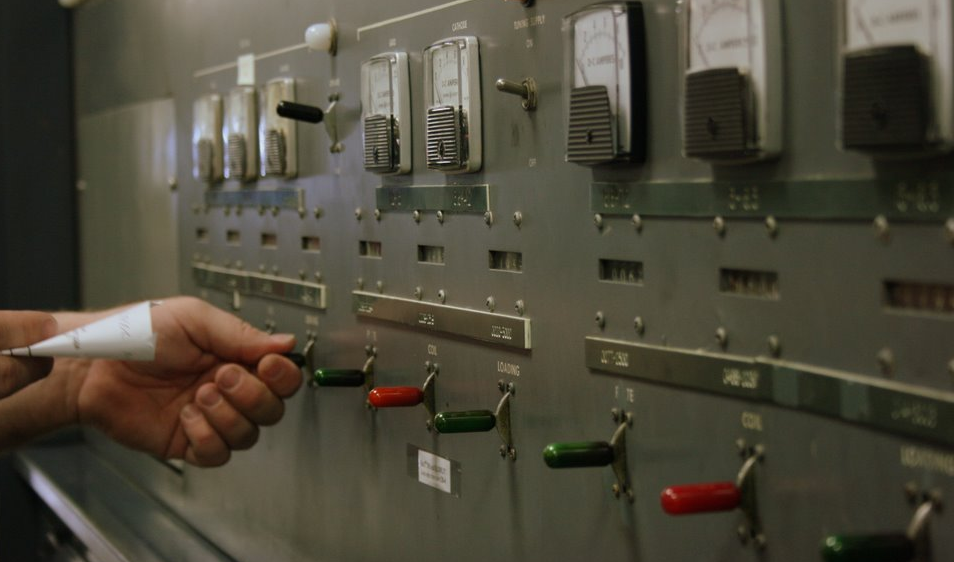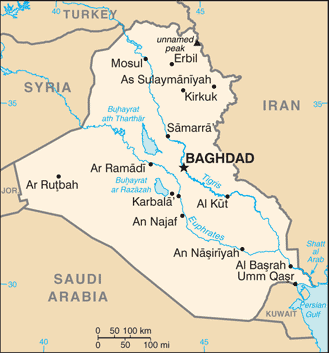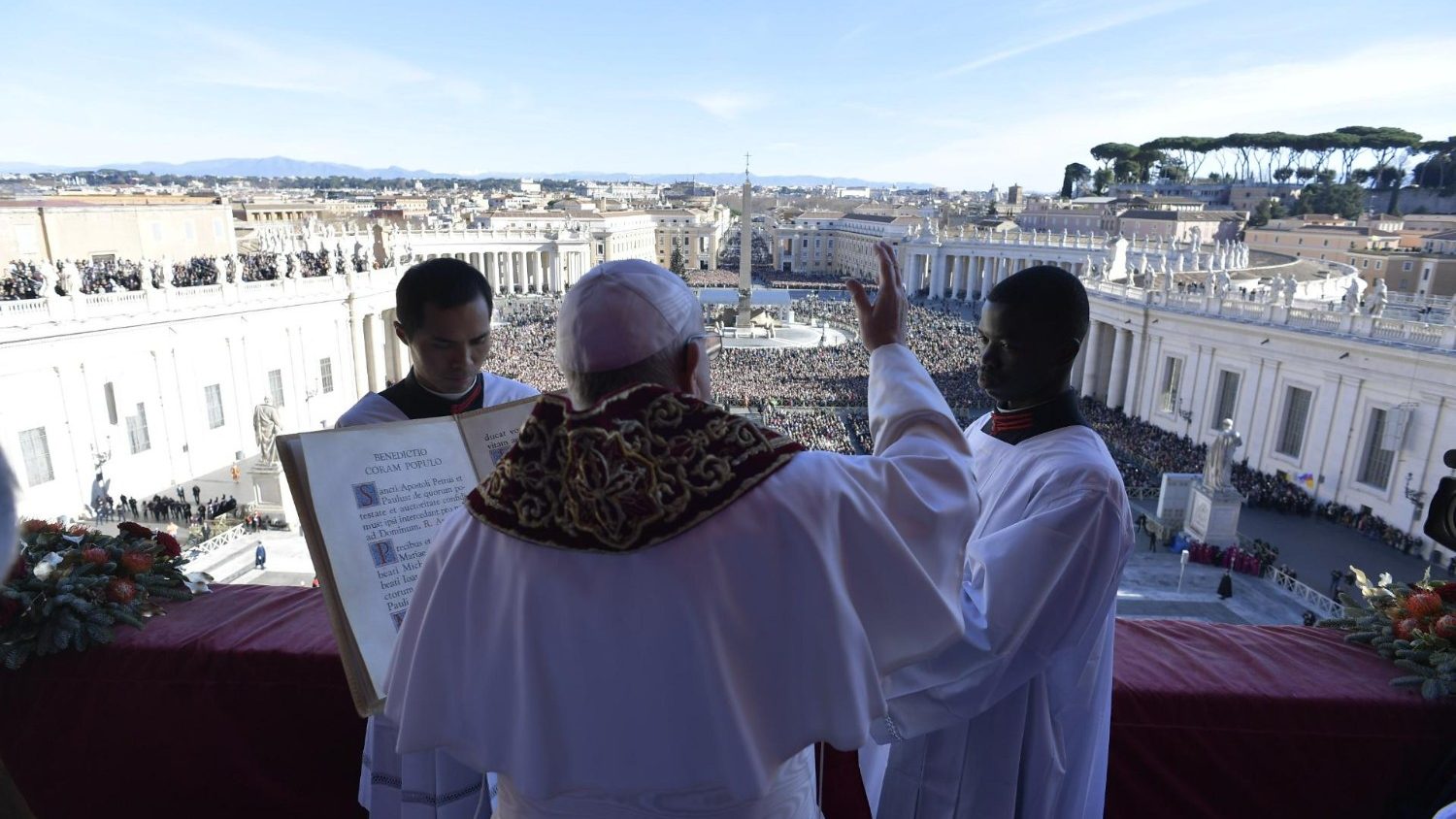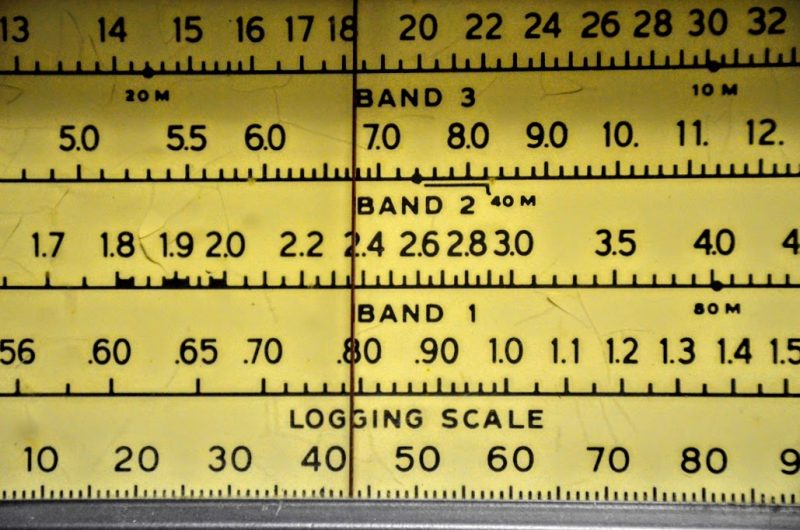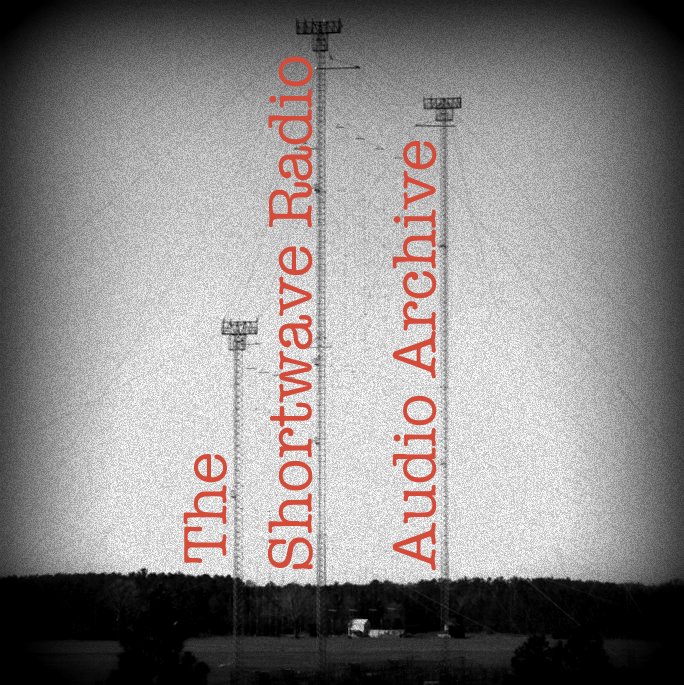Mother of Battles Radio: January 27, 1991
/Live, off-air, approximately one-hour recording of Iraq's Mother of Battles Radio in Arabic on 27 January 1991 beginning at about 13:30 UTC on a shortwave frequency of 17940 kHz. As Iraq's main shortwave broadcasting facility was put out of action early during Operation Desert Storm but while Iraq still occupied Kuwait, the broadcast likely originated from one of the 500 kW transmitters of Radio Kuwait.
Mother of Battles Radio, named after the phrase "Mother of all Battles" used by Saddam Hussein to describe the upcoming war with the United States, replaced the regular domestic shortwave service of the Broadcasting Service of the Republic of Iraq.
The recording consists of music, talk including exhortations against America and Bush, and frequent station identifications, e.g., "Huna idha'atu Umm al-Ma'arik" ("This is Mother of Battles Radio").
Reception of the broadcast was excellent with no interference until about the midpoint of the recording (around 13:59 UTC) when a faint jamming signal can be heard in the background. The recording is briefly interrupted when checking the signal on parallel frequencies (15600 kHz -- weaker; 9570 kHz -- not heard). There is also a brief interruption at about the 29m:25s mark in the recording due to a tape change.
The broadcast was received in Hanwell, New Brunswick, Canada, using a Sony ICF-7600D receiver and supplied wire antenna draped around the listening room.
